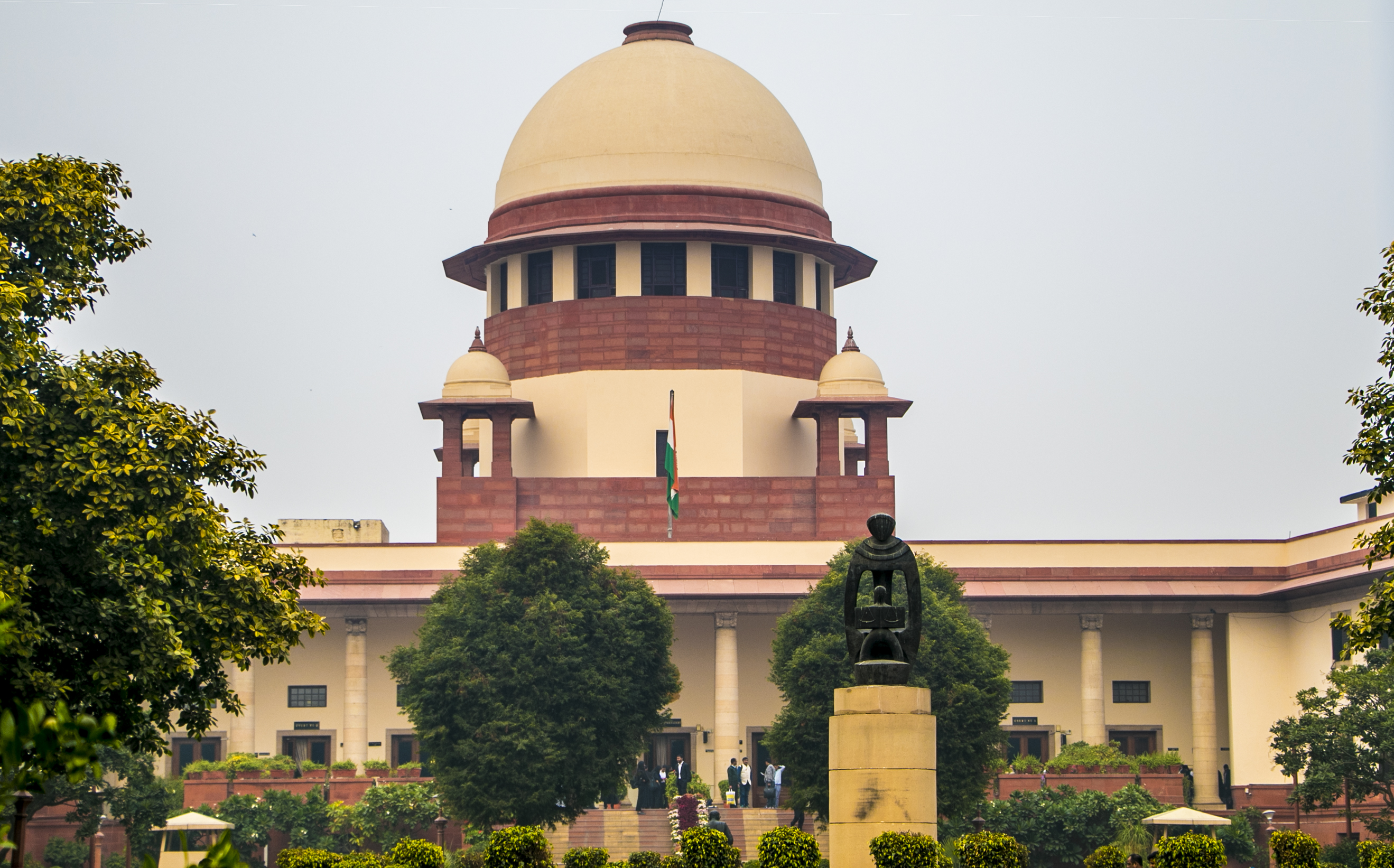Is Bad Bank the White Knight for the Indian Banking Sector? – By Suraj Pattanaik

For the uninitiated, the term “bad bank” is doing the rounds in the banking sector as Indian Banks’ Association (a representative body of all banks) has proposed to the government that it set up a bad bank. A bank works on the fundamental principle of lending and recovery of loans along with interest rate and with the economies of scale on their side, and is able to maintain a cyclic lending-borrowing ecosystem. But, for quite some time Indian banks are having a tough time with piling up of bad loans and non-performing assets (NPAs) and the situation is only going to nosedive in the prevailing pandemic period (and thereafter). Most of the businesses, be it brick-mortar or tech giants, have been hit hard by the coronavirus pandemic and simultaneously their repaying capacity has gone for a toss. Thus, some of the businesses are going bust while some others who might just manage to stay afloat have to part ways with assets that are securitized with the concerned banks.
The classification of loan by a bank is done over a period of time into two categories and the same has been simplified with the help of an example — A bank has granted a loan amounting to INR 1,000 crore in total, with a maturity period of 5 years. Subsequently, after the maturity date, it is able to recover INR 800 crores only and the rest of the borrowers have defaulted in payment of the principal or interest or a combination of both, to the tune of INR 200 crores. Thus, in banking terms the amount of money which has been duly paid or is being paid as per the schedule is termed as good loan, i.e. INR 800 crores and the default amount which the bank is not very hopeful of getting back is termed as bad loan, i.e. INR 200 crores in this case. So, when people like us get to know about their hard-earned money being substantially termed as bad loans, they panic and would like to withdraw their capital from the concerned bank. The economies of scale were earlier in favour of banks. Now that seems to be vanishing into thin air.
Therefore, in order to save the banks from going beyond a point of no return, the theory of bad bank was introduced which suggests that the government steps into the picture and creates a special institution having expertise in recovery of loans (very similar to the concept of asset reconstruction companies, just that the institution would now be funded by the government and would have a much larger corpus fund) and the bad loans along with underlying NPAs would be transferred from various banks to this institution and the institution would pay an amount after assessing the risk factor and other attributes of the underlying NPAs. So let us continue with the same example, after recalibration of risks and other factors the institution agrees to pay the bank INR 100 crores as opposed to the bad loans of INR 200 crores, it is still a win-win situation for both the entities as the bank had already considered INR 200 crores as bad loan and was willing to write-off the same from its balance sheet but now has found a new buyer and is willing to take a haircut, and on the other side, the institution owing to its specialization in recovery of loans is confident of squeezing out a higher value of the NPAs (say INR 120 crores) against consideration of INR 100 crores it has paid to the bank. This seems to be the perfect antidote to the poison of NPAs.
Although it appears good on paper but may not be as flawless in practice. The following are the grave concerns that plague the concept of bad bank-
Thus, the bad bank should be used as an institution to clean-up the mess of NPAs and excessive bad loans subject to strong legal and governance framework with the objective of revamping the banking system through structural and management reforms. Further, the entire mechanism should ensure that this is a limited time clean-up procedure and not a vicious circle of funding and bailouts.
****
Suraj Pattanaik having completed his Masters from National Law University, Odisha has been working as an associate with KT Advisors LLP. He is primarily involved in private equity transactions, M&A and corporate advisory.
Disclaimer: The views or opinions expressed are solely of the author.
Sign up for our weekly newsletter to stay up to date on our product, events featured blog, special offer and all of the exciting things that take place here at Legitquest.




Add a Comment